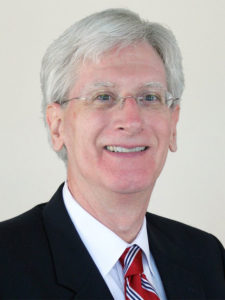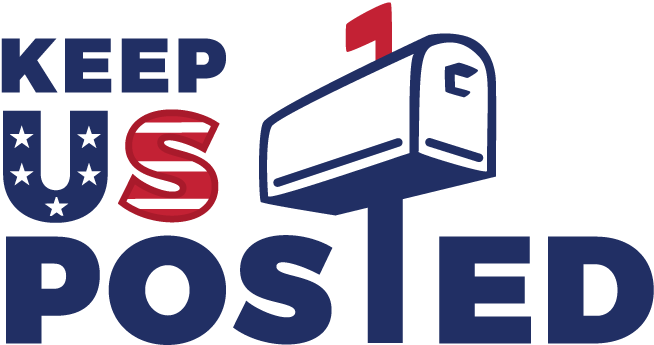“Ad-libs” column by John Foust
Rob is the marketing director for an outdoor apparel company. I remember a conversation with him about his philosophy of promoting their products. “It’s all about benefits,” he said. “Every time a new product is developed — or an existing product is improved — my task starts with learning the features and translating those features into marketable benefits.
“I meet with the research and development team and ask questions like, ‘Where did this idea come from?’ and ‘Why did you decide on these specific changes?’ I want them to walk me through their thought process, so I can understand how the product enhances our customers’ outdoor activities.

“There’s a chain of communication,” he explained. “I share the relevant details with our sales team, so they can present the new product to stores that sell our products. That includes providing them with information the stores can communicate to their customers. Of course, all of that is coordinated with our international brand marketing.
- RELATED: Read more from our columnists
“At every step along the way, the focus is on features and benefits. For example, we use wicking fabrics in many of our products. A shirt that is made of wicking material draws perspiration away from the body and to the exterior of the shirt, where it can easily evaporate. A shirt with wicking fabric is cool and comfortable — and that’s important to active people. The word ‘wick’ doesn’t mean anything to a lot of folks, so it needs a good benefits-oriented explanation.”
There’s a reason why advertising veterans have always preached the value of product benefits. People don’t buy features, they buy benefits. If that strategy is good enough for a successful international company, it’s good enough for the businesses we encounter every day.
Here are a couple of takeaways from Rob’s approach:
1. Stick to the facts. “There’s no need to embellish the truth,” he said. “If a product is worth buying — if it is worth advertising — it should offer honest advantages to consumers. That’s why we encourage all of our marketing folks to avoid superlatives in their descriptions. People are suspicious of words like ‘best,’ ‘tremendous’ and ‘fantastic.’
“Think about it. If you’re in the market for a shirt to wear for hiking or boating, would you be more likely to buy one that is comfortable because it ‘evaporates perspiration quickly’ or one that is described as ‘unbelievable?’ Solid facts win that contest every time.”
2. Keep it simple. Rob has access to a lot of technical product details, but he knows it’s important to narrow it down to simple, easy-to-communicate information. “The most effective marketers make their messages easy to understand,” he said. “If they make it complicated, they’ll lose people.” The most memorable benefits are communicated with just a few words.”
When you’re working with an advertiser who needs ideas for a new campaign, keep features and benefits in mind. That will answer the question, “Why should people buy what we’re selling?” And it will take a lot of sweat out of the creative process.
Copyright 2020 by John Foust. All rights reserved.
John Foust has conducted training programs for thousands of newspaper advertising professionals. Many ad departments are using his training videos to save time and get quick results from in-house training. E-mail for information: john@johnfoust.com



